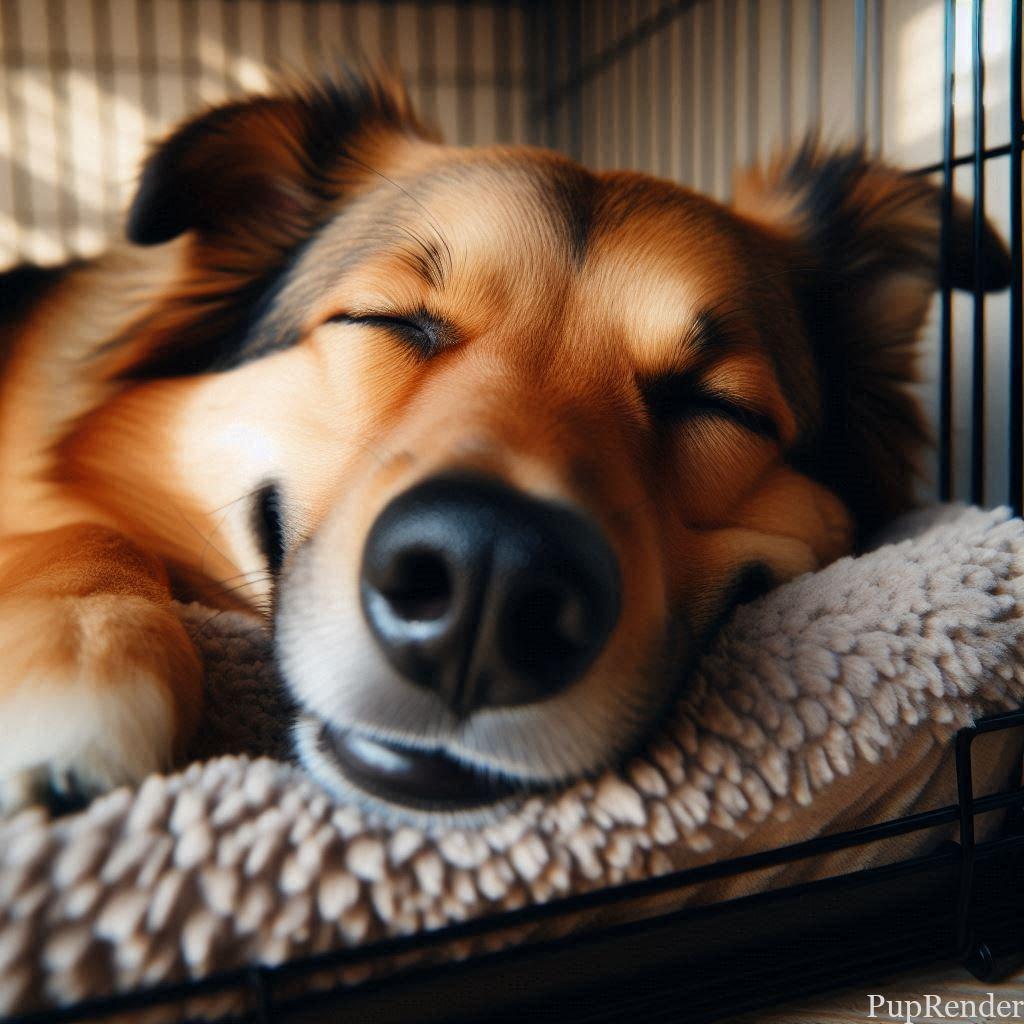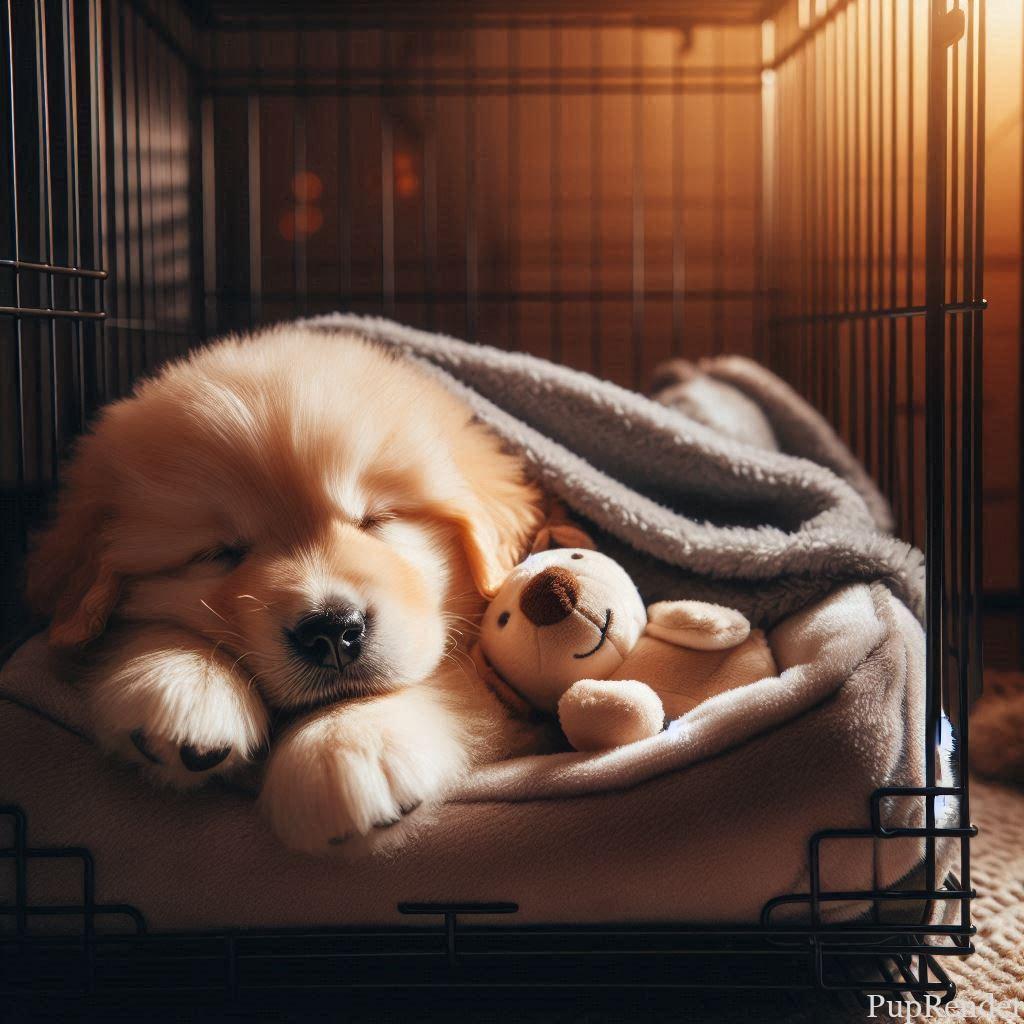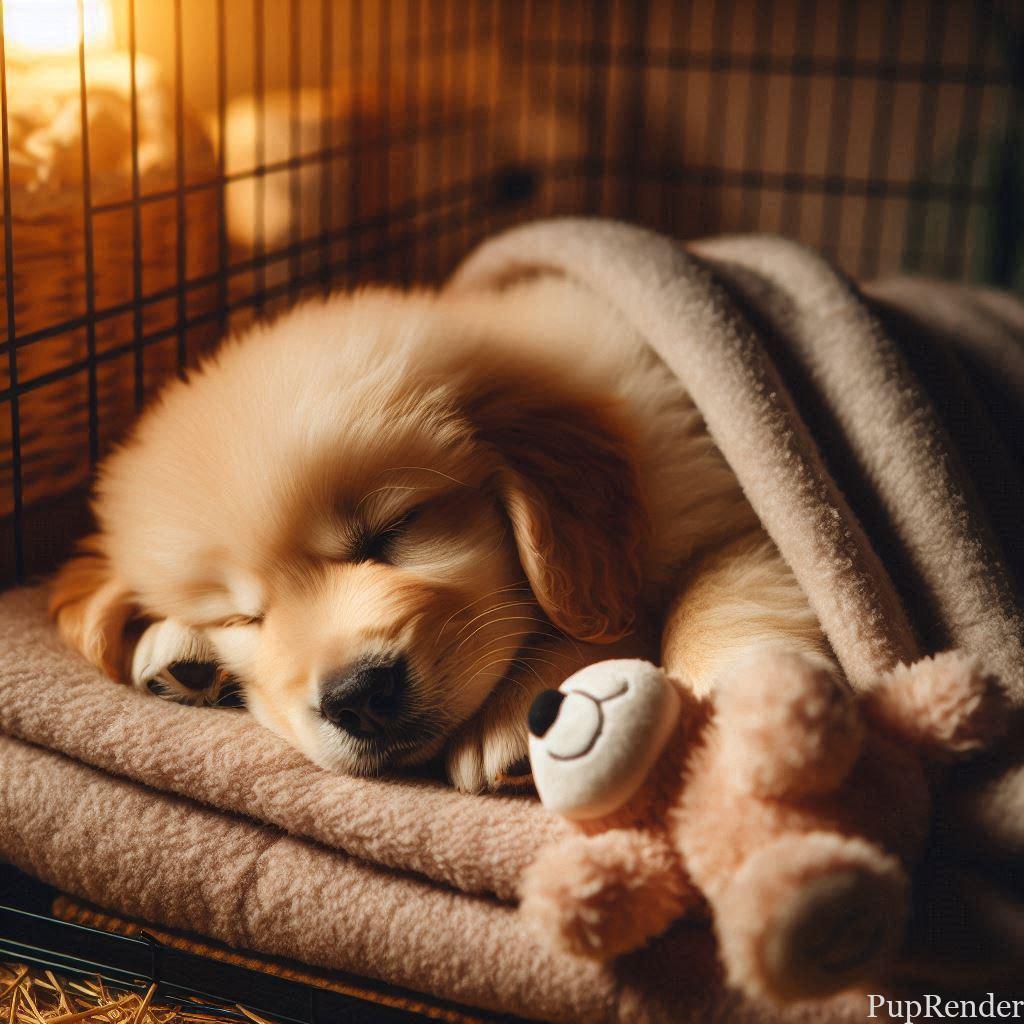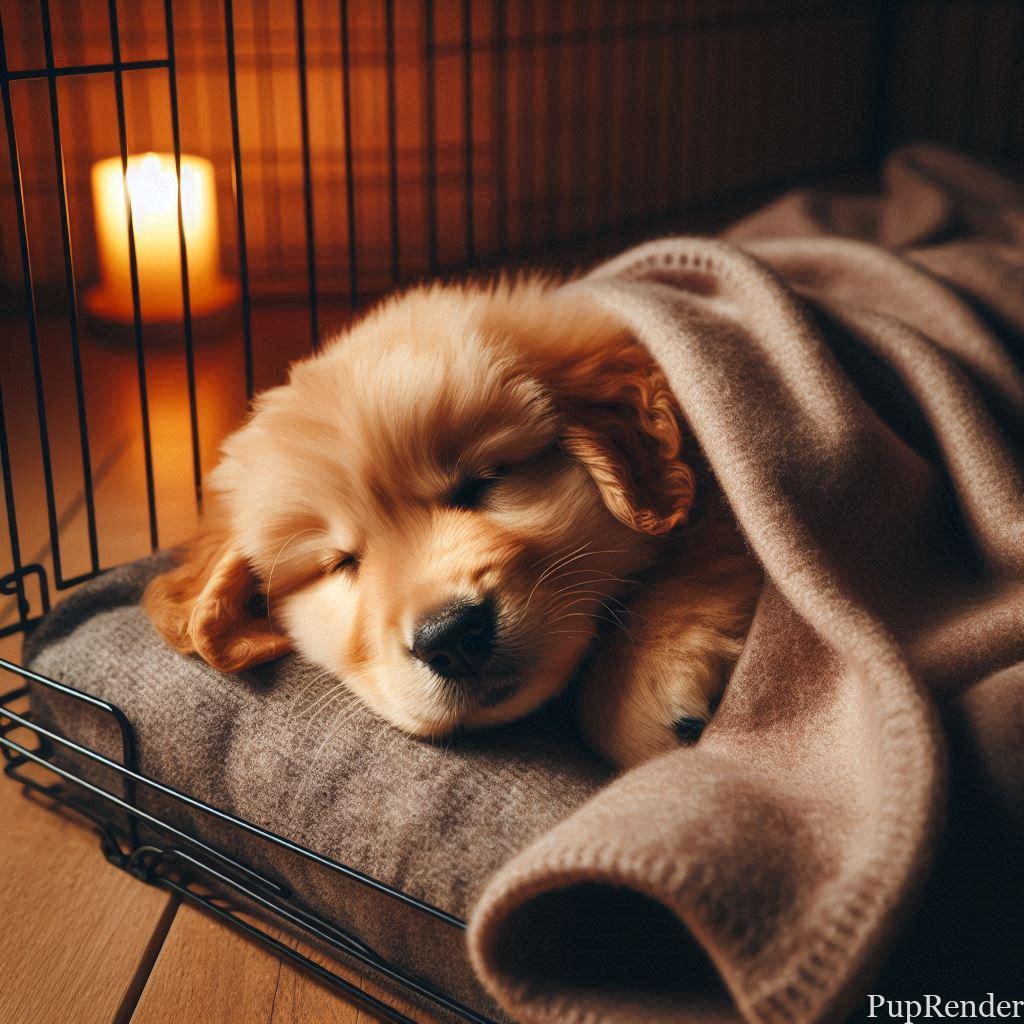Best Practices for Dog Crate Training
Crate training is one of the most effective tools to provide your dog with a safe, comfortable space that they can call their own. When done correctly, it can help with housebreaking, reducing anxiety, and creating a positive environment for your furry friend. In this guide, we’ll cover the best practices for dog crate training and show you how to make the experience beneficial for both you and your dog.
Why Crate Training is Important
Crate training isn’t about confinement but rather about creating a den-like space where your dog feels secure. Dogs are naturally den animals, so when you introduce the crate as a positive, comfortable area, they are more likely to take to it. The key to successful crate training is to make sure your dog associates the crate with safety and relaxation.

- Alt Text: Dog resting comfortably in a crate
- Title: Comfortable dog crate training
- Caption: A well-trained dog relaxing in a cozy crate.
- Description: A happy Golden Retriever peacefully resting in a well-padded crate, demonstrating the effectiveness of proper crate training.
Step-by-Step Guide to Dog Crate Training
1. Choose the Right Crate Size
The crate should be large enough for your dog to stand, turn around, and lie down comfortably. A crate that’s too small can cause distress, while one that’s too big may not feel secure to your dog.

2. Make the Crate Inviting
Add soft bedding and toys to the crate to create a welcoming environment. Dogs are more likely to enter the crate willingly if it feels like a safe haven.

3. Start with Short Training Sessions
Begin by allowing your dog to explore the crate without shutting the door. Offer treats and praise when they enter voluntarily. Gradually increase the time they spend in the crate, starting with a few minutes and working your way up.
The Ultimate Dog Training Tips No One Told You
4. Use the Crate Positively
Never use the crate as punishment. If your dog associates the crate with negative experiences, they’ll be less willing to use it. The crate should be a space where they feel safe and secure, so make it part of your dog’s daily routine, especially during calm moments or naps.
Why Dogs Are the Happiest Pets Ever!
5. Crate at Night and When You’re Away
To help your dog get accustomed to spending longer periods in the crate, start crating them at night or when you leave the house for short periods. This will help your dog understand that the crate is a safe space during downtime.

Common Crate Training Mistakes to Avoid
- Forcing the Dog into the Crate: Always encourage your dog to enter the crate on their own, never force them.
- Leaving the Dog in the Crate for Too Long: Dogs need time outside the crate for exercise and socialization. Make sure you balance crate time with plenty of play and exercise.
Do You Make These Common Dog Mistakes?
Consistency is Key
Crate training can take time, but with patience and positive reinforcement, it can help your dog develop healthy habits and give them a safe space to call their own. For more dog training tips and helpful pet advice. Crate training is just one of the many ways you can build a stronger bond with your dog and ensure their well-being.
For further reading on crate training, you can check out this comprehensive guide by the American Kennel Club.





